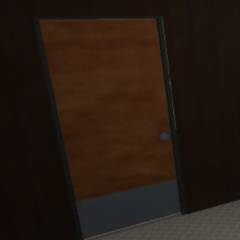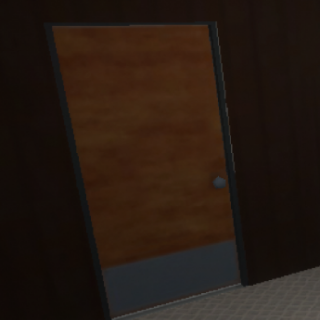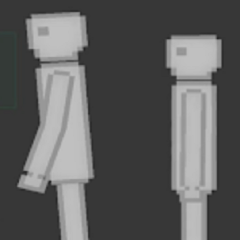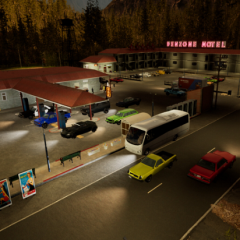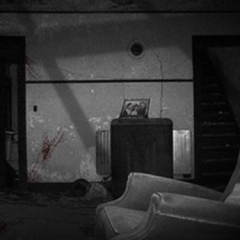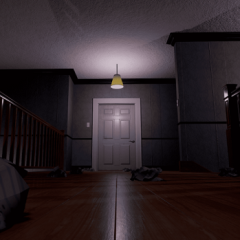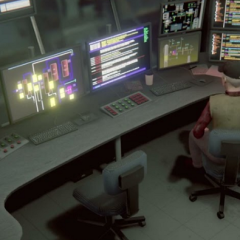Dressing Room places the player inside a clothing shop during the late hours of the evening. The store is quiet, nearly deserted, and there are no other staff members around. The player takes the role of the only employee left to finish tasks before closing time. At first the situation seems like ordinary work: cleaning floors, arranging racks, and checking the dressing rooms for forgotten items. Yet as the night moves forward, the sense of routine gradually becomes less secure. The absence of customers and colleagues leaves the player with nothing but the sound of their own movements, which makes every small detail stand out more sharply.
Gameplay Approach
The gameplay in Dressing Room focuses on simplicity, but that simplicity is also what creates tension. The controls are limited to walking, looking, and interacting with objects, but the lack of complex mechanics means that the player’s attention is fully directed to the environment. No clock shows how much time remains in the shift, so players must keep working until something changes. This open structure creates an uncertain pace, as the shift does not progress through clear stages but instead through subtle cues. What begins as a list of straightforward tasks soon takes on another meaning as the store itself starts to behave differently.
Core Duties In Each Session
During every shift, the player is expected to complete several responsibilities:
· Clean the floors and remove visible dirt
· Fold and organize clothing across racks
· Inspect dressing rooms for abandoned items
· Stay present in the shop until the end of duty
At first these duties seem routine, but the player begins to notice small irregularities during them. Objects might not remain where they were placed, and rooms may appear slightly altered when visited again.
Shifting Atmosphere
As the game continues, the once predictable environment begins to challenge the player’s sense of control. Lights can flicker unexpectedly, mannequins sometimes seem positioned differently than before, and faint sounds echo through empty spaces. These subtle changes are not explained or signposted; they rely on the player’s ability to observe carefully. The design encourages checking the same places more than once, which makes familiar rooms slowly feel less safe. Ordinary duties like folding clothes or sweeping floors now carry a sense of tension, because they place the player in spaces where anomalies may appear at any time.

